When it comes to your dog’s overall health, certain issues can go unnoticed until they cause significant discomfort. One such issue that dog owners often overlook is blocked anal glands in dogs.
These small but critical glands can lead to various dog anal gland issues like discomfort, infection, or worse. Understanding the symptoms of blocked anal glands in dogs and how to prevent them can make all the difference to your furry friend’s wellbeing.
This article highlights the key symptoms of blocked anal glands, explains prevention methods, and outlines treatments to help your dog stay healthy and happy.
What Are Anal Glands in Dogs?
Before we get into the symptoms, it’s important to understand what anal glands are. Located on either side of your dog's anus, these small sacs (also called anal sacs) produce a foul-smelling liquid used in canine scent communication. This is why you’ll often see dogs sniffing each other’s behinds during introductions.
Normally, these glands empty themselves whenever a dog defecates, but for some dogs, this doesn’t happen as it should, leading to blocked anal glands or anal gland issues.

Recognising Symptoms of Blocked Anal Glands in Dogs
Blocked anal glands can cause your dog significant discomfort, even severe pain, if left unaddressed. Here are the tell-tale symptoms of blocked anal glands in dogs:
1. Scooting
If you see your dog dragging their hindquarters along the floor, it’s likely they’re trying to relieve the discomfort from blocked anal glands. Scooting can also remove some of the liquid from the sacs, albeit never fully.
2. Excessive Licking or Biting
Excessive licking or biting around the anal area is another clear sign that something is wrong with your dog's glands. The irritation caused by impacted anal glands makes your dog instinctively try to address the issue themselves.
3. Foul-Smelling Liquid or Fishy Odour
A foul-smelling liquid near the dog's rectum or the presence of a persistent fishy smell from your dog’s rear could indicate partially emptied or infected anal sacs. Smelly discharge is often a sign that the glands in dogs are not being emptied properly.
4. Straining While Defecating
Hind end straining or difficulty defecating can point to anal gland blockages. The anal sacs may be causing pain due to pressure or anal gland impaction, making bowel movements uncomfortable for your dog.
5. Redness or Swelling
If you notice redness, swelling, or irritation in your dog’s anal area, it could be due to impacted anal glands or the early stages of anal sac disease. Look for swelling on either side of the anal opening.
6. Other Symptoms
Other signs include:
-
Restlessness or signs your dog is unwell
-
Legs suddenly turning round uncomfortably
-
Crying out due to severe pain
-
Passing only soft stools or showing discomfort while defecating
If your dog shows multiple symptoms, consult your vet immediately, as untreated mild blockages can lead to serious anal gland abscesses.

What Causes Blocked Anal Glands?
Blocked anal glands can affect most dogs, but certain factors make some more prone:
-
Female dogs and older dogs with weaker muscles
-
Overweight dogs tend to develop blockages due to reduced physical activity
-
Dogs that produce soft stools or irregular bowel movements, commonly caused by food allergies or lack of a high-quality diet
-
Certain breeds, such as small breeds with very narrow openings
Treating and Preventing Blocked Anal Glands
Thankfully, there are steps you can take to help prevent dog anal gland issues or treat symptoms early on.
Regular Anal Gland Checks
Your veterinarian or a veterinary nurse manually expressing the glands can prevent ongoing issues. They can use a very small cannula to drain excess liquid. This is especially beneficial for dogs that have experienced anal gland problems before.
High-Quality Diet for Firm Stools
Dogs that eat a high-quality diet with plenty of fibre are more likely to produce firm stools regularly, which help empty the glands properly during defecation. This is essential for avoiding anal gland blockages.
Weight Management
Obese dogs are more prone to anal gland problems as extra weight puts pressure on the dog's glands. Managing your dog’s age and activity level helps maintain a healthy weight.
Keep an Eye on Symptoms
Watch for early symptoms like scooting or excessive licking, and address them promptly. Early intervention can prevent mild issues from escalating into anal gland abscesses or infections.
Glands Flushing or Surgical Treatment
For recurring anal sac problems, vets may recommend glands flushing or in more severe cases, discuss surgical removal. Surgery can be considered for chronic issues that don’t respond to regular treatments.
Exercise
Regular exercise helps support healthy bowel movements and relieves pressure from your dog’s internal systems. Active dogs are less likely to develop anal gland impaction.
Keep the Anal Area Clean
Ensuring the anal area is clean will reduce irritation and the risk of infection.

When to Consult a Vet
If your dog shows persistent symptoms or appears to be in severe pain, contact your vet immediately. A rectal exam might be necessary to determine if there are any infections or blockages. Treatment such as oral antibiotics may be prescribed for infected anal glands, or a gland carefully expressed to provide relief.
Early diagnosis and treatment are essential in maintaining your dog’s health, preventing more serious complications, and ensuring their comfort.
Helping Your Dog Stay Comfortable
Blocked anal glands might sound like a minor inconvenience, but they can have a significant impact on your dog’s health and happiness. By watching out for signs, maintaining a high-quality diet, and seeking timely veterinary care, you can minimise the risk of anal gland issues and keep your furry companion feeling their best.
Remember, if you’re unsure about any symptoms or how to handle dog anal gland issues, consult a vet or veterinary nurse. Regular check-ups and proactive care are the best ways to keep your dog healthy and free from discomfort.
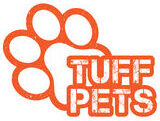
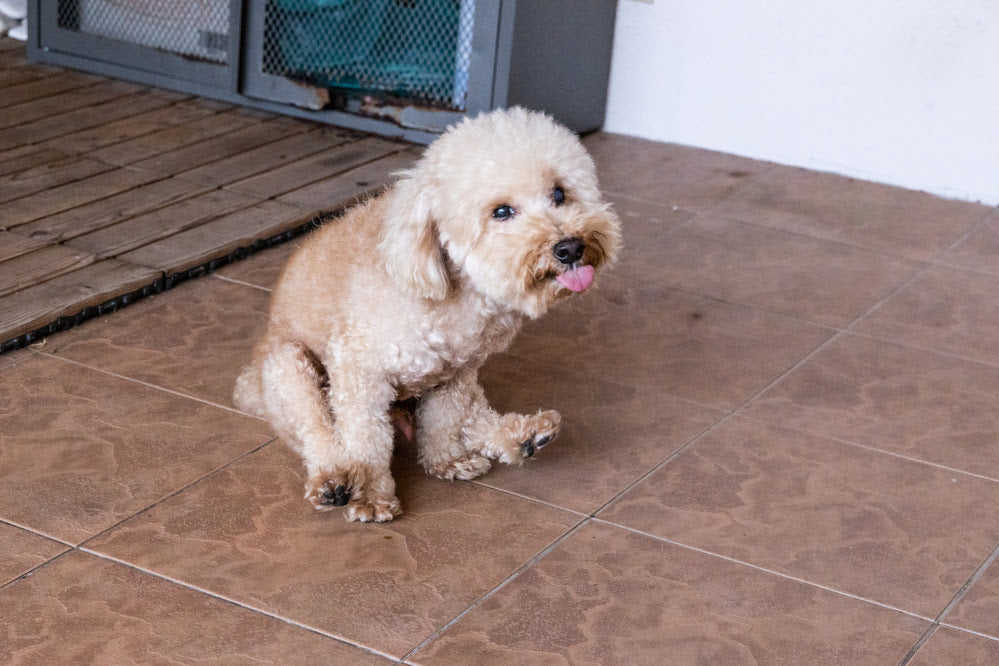

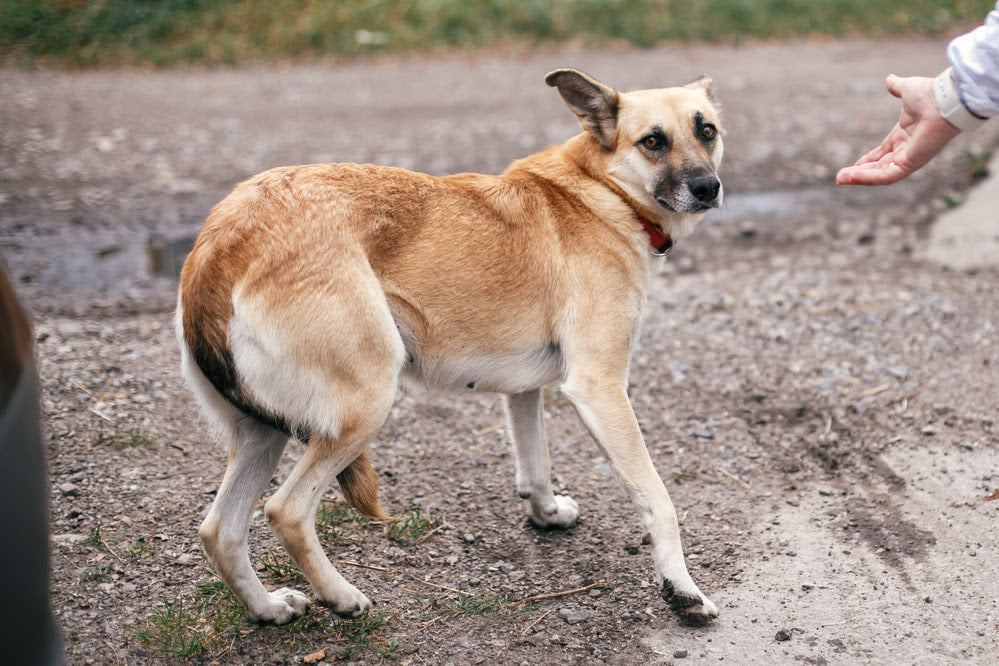


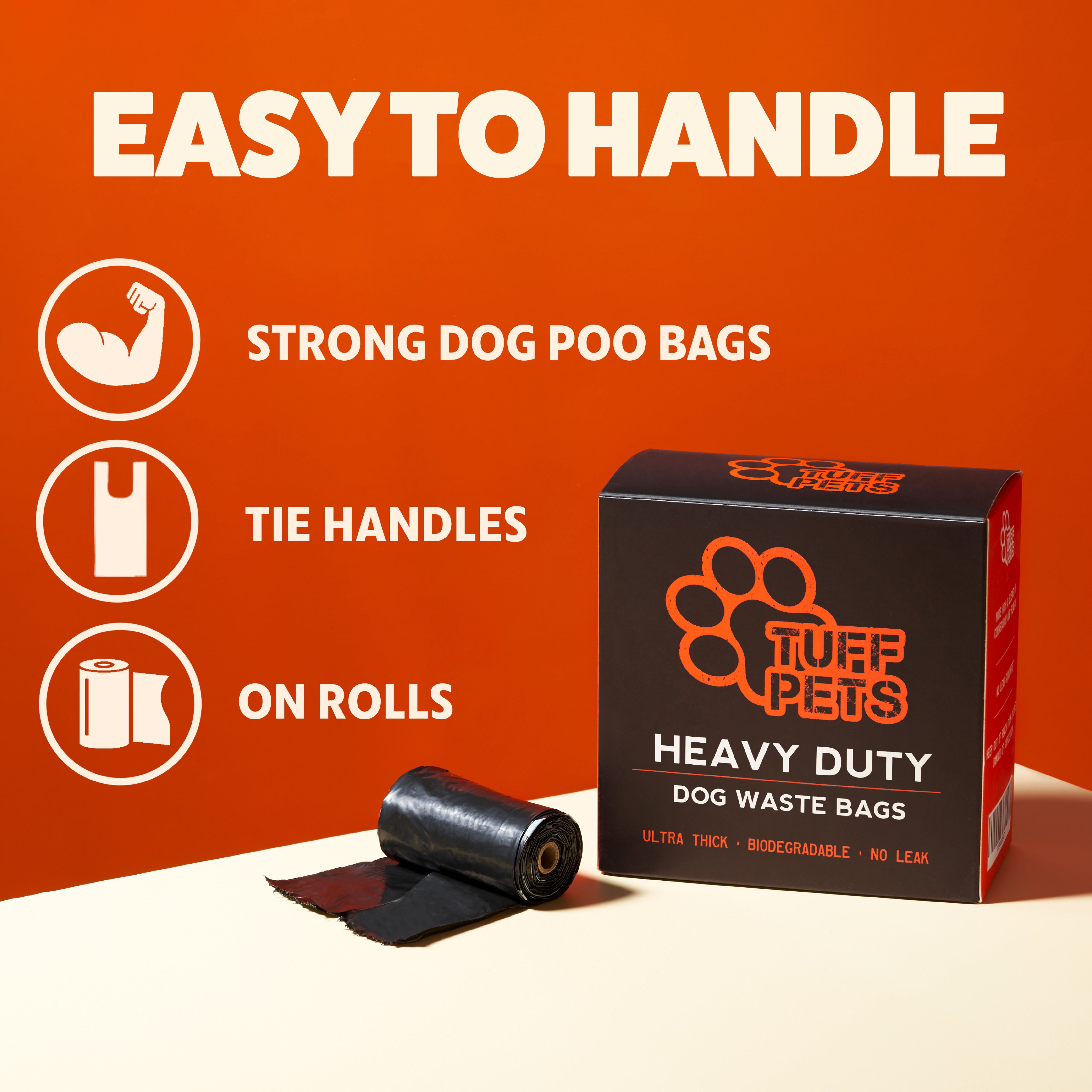
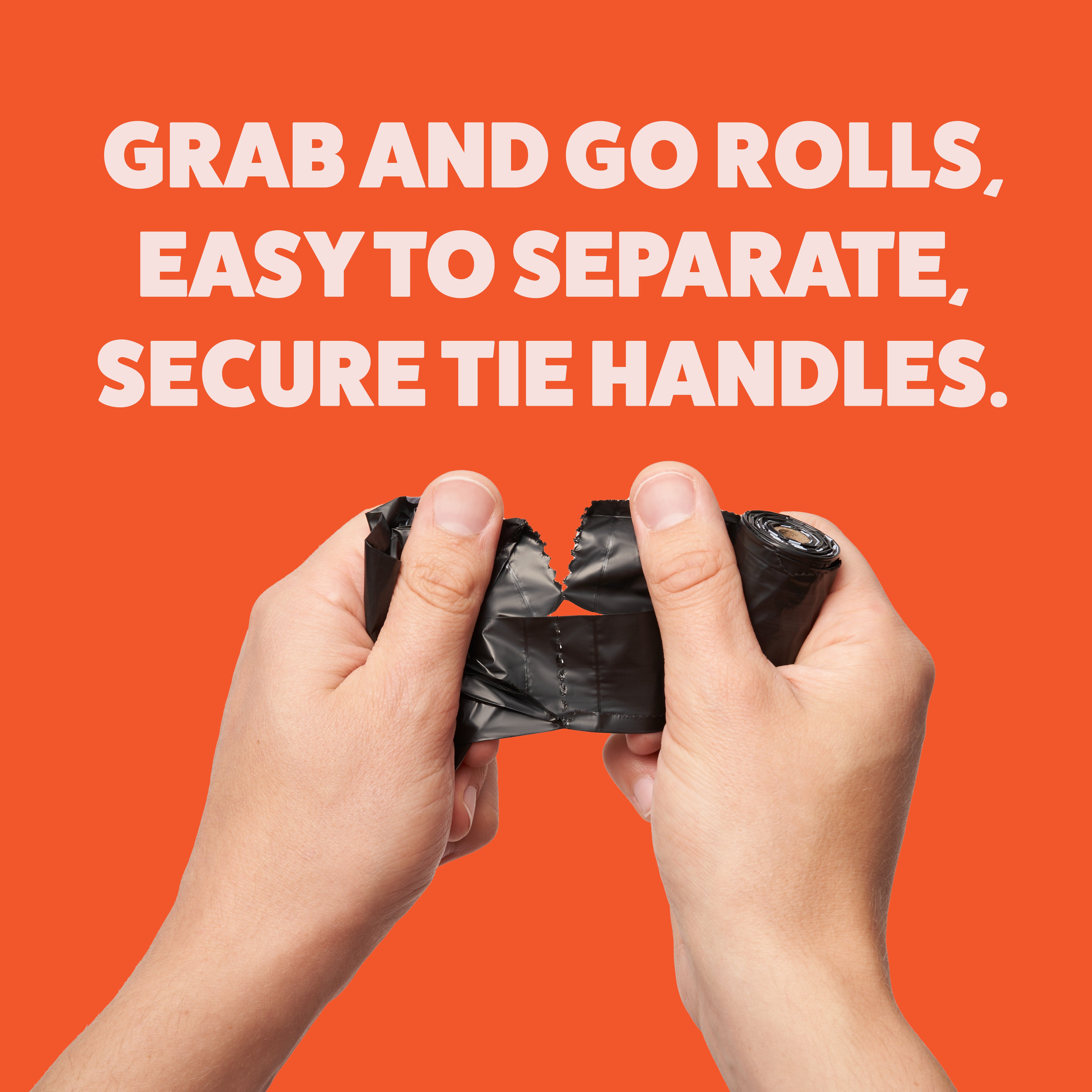
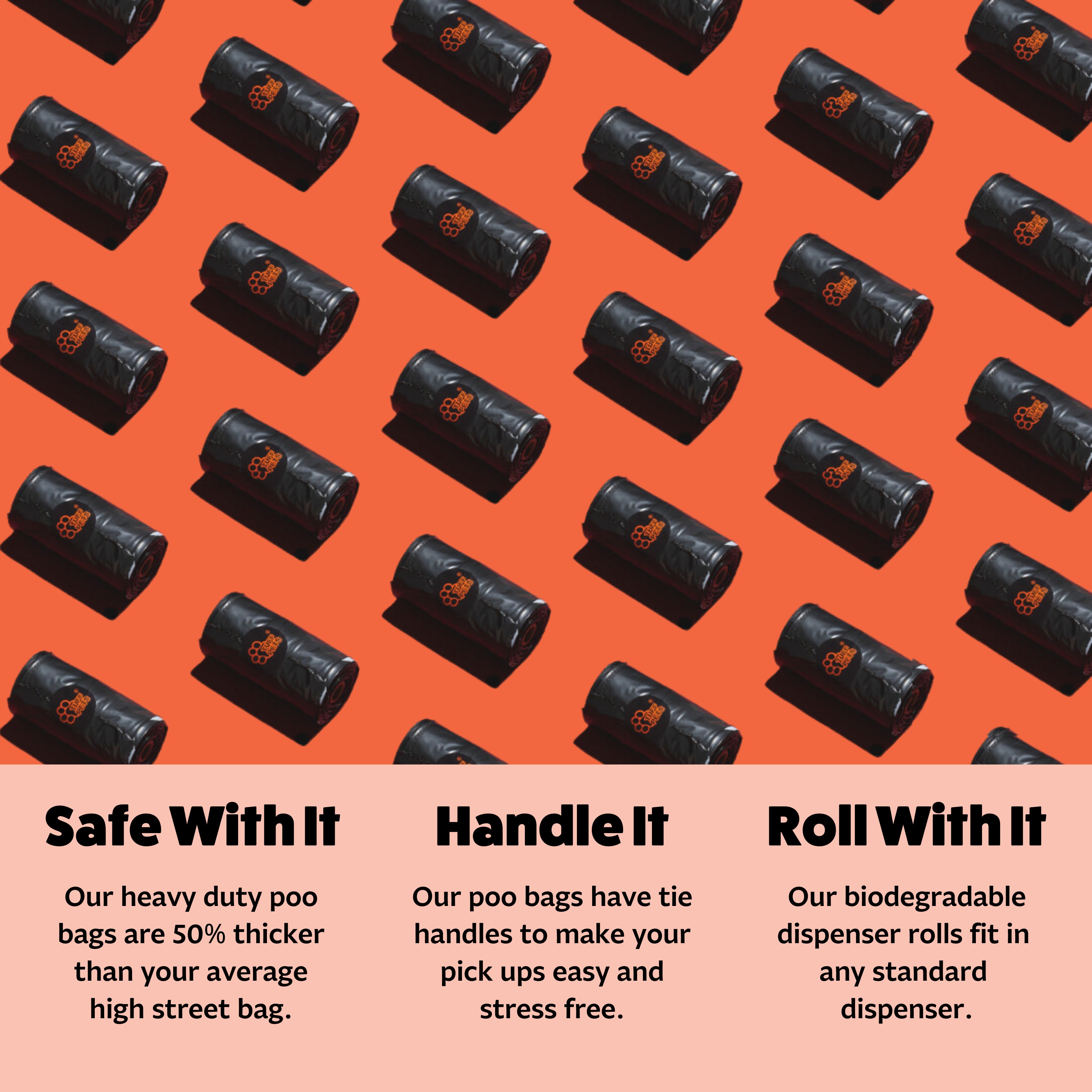
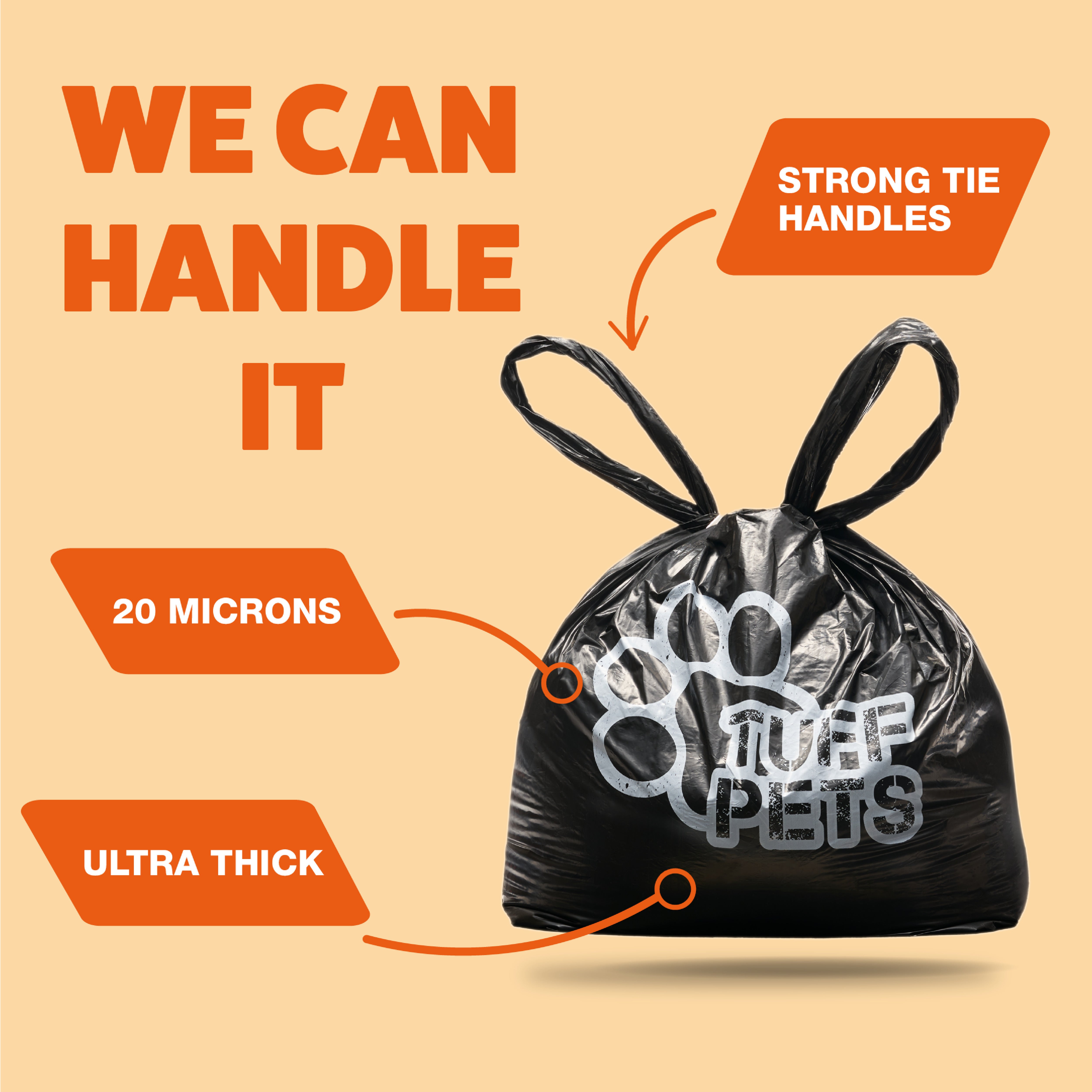

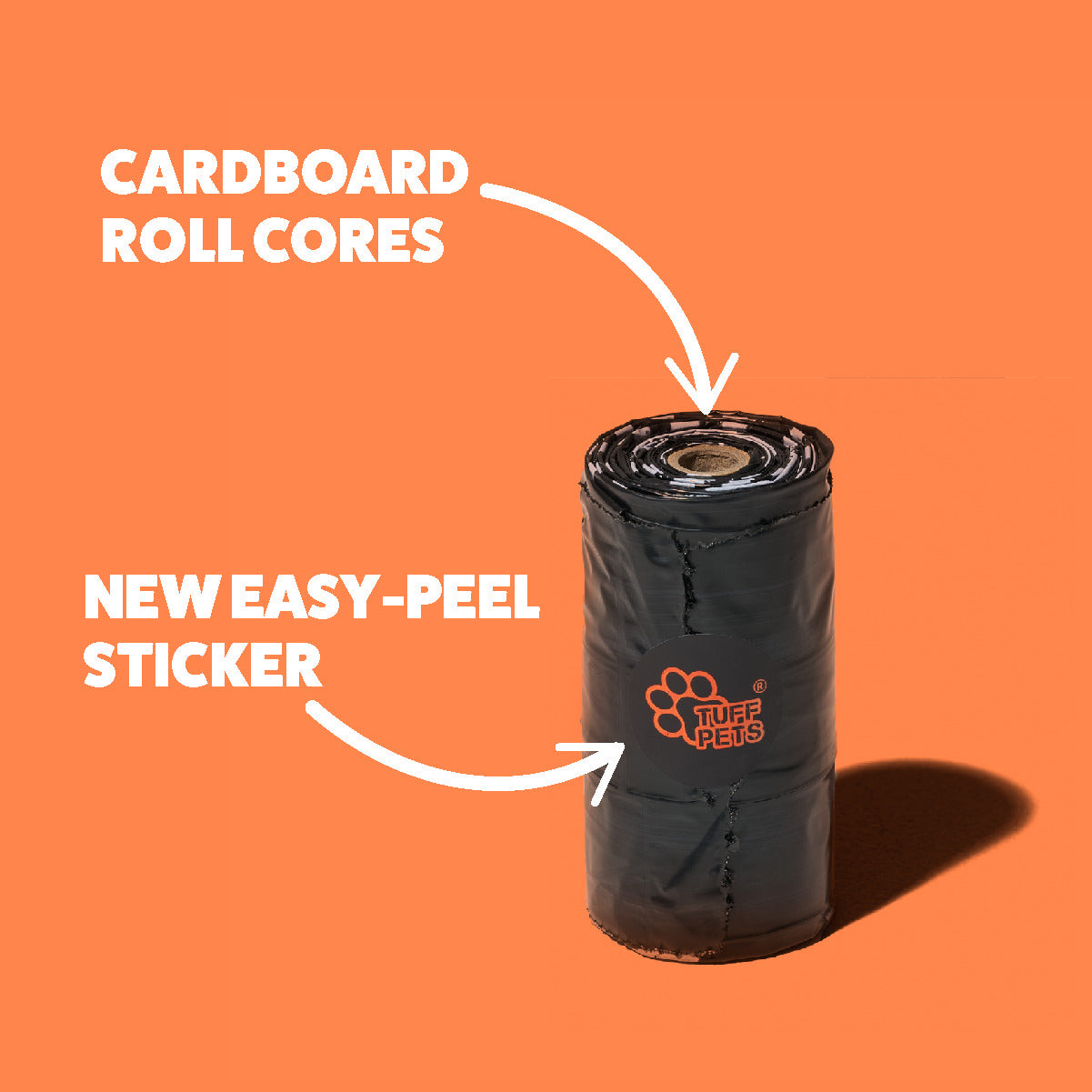
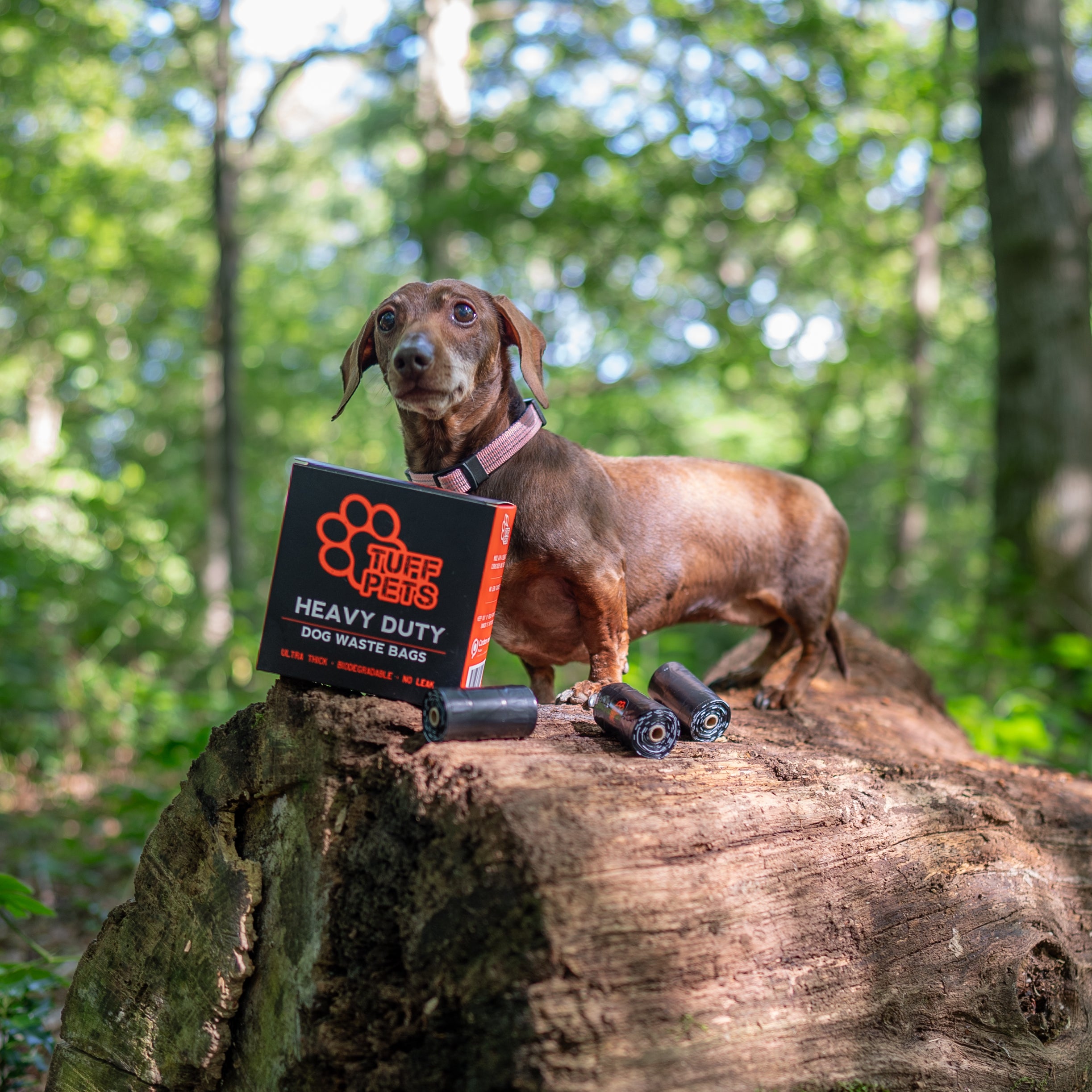



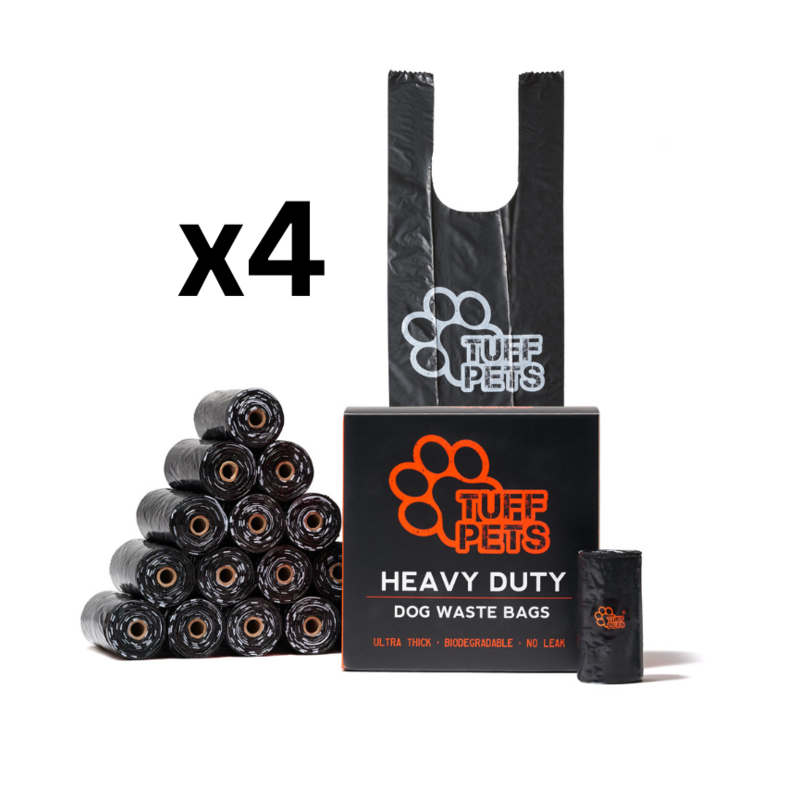
Share:
Why Your Dog Is Drinking a Lot of Water and What You Should Do About It
What Does a Dog With Its Tail Between Its Legs Mean?